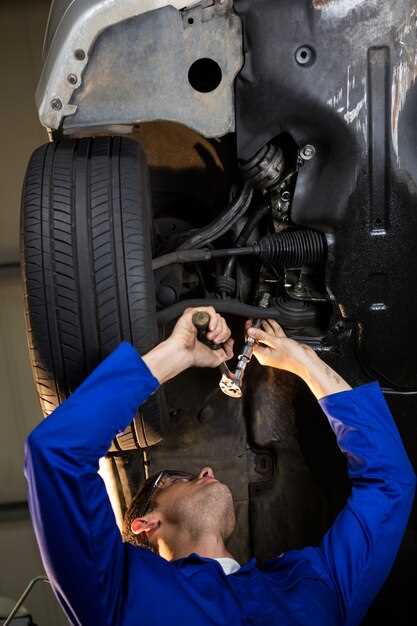
Top 10 Maintenance Tips for High Mileage Cars
- Arthur Rodriquez
- 0
- Posted on

Maintaining a high mileage car can be a daunting task, but with the right approach, it’s entirely achievable. Many car owners express concerns about the longevity and performance of their vehicles as the mileage increases. However, with careful attention and proper maintenance strategies, you can keep your car running smoothly for years to come.
In this article, we will explore 10 essential tips that are fundamental for anyone looking to extend the life of their high mileage vehicle. These tips focus on proactive measures and routine checks that can make a significant difference in your car’s performance. By understanding the needs of your vehicle as it ages, you can avoid common pitfalls and costly repairs.
Whether you’re a seasoned car enthusiast or a first-time high mileage owner, these practical tips will empower you to make informed decisions. From regular servicing to monitoring fluid levels, let’s delve into the best practices for maintaining a reliable journey on the road, regardless of your car’s mileage.
Regularly Check and Change Engine Oil
Oil is the lifeblood of your engine, especially in high mileage cars. Regularly checking and changing the engine oil is crucial for maintaining optimal performance and prolonging the vehicle’s lifespan. Make it a habit to check the oil level at least once a month. Low oil levels can lead to increased friction and engine wear.
When changing the oil, always refer to your vehicle’s owner manual for the recommended oil type and change intervals. High mileage cars often benefit from using high mileage oil, which contains additives designed to reduce wear and tear and seal minor leaks.
It’s important to change the oil filter every time you replace the oil. A clogged filter can restrict oil flow, reducing lubrication efficiency. Additionally, pay attention to any unusual noises or changes in engine performance, as they may indicate oil-related issues.
By following these tips, you will ensure that your engine runs smoothly and efficiently, which is essential for high mileage vehicles. Regular oil maintenance not only enhances performance but also helps avoid costly repairs down the road.
Inspect and Replace Worn Out Belts and Hoses

Regular inspection of belts and hoses is vital for maintaining high mileage cars. Over time, these components can wear out due to continuous exposure to heat, oil, and environmental factors. Cracked, frayed, or brittle belts can lead to engine overheating, while damaged hoses can result in leaks, affecting the cooling system and overall engine performance.
One of the key tips is to schedule periodic checks, ideally during oil changes or other routine maintenance visits. Look for signs of wear, such as discoloration or surface cracks. Pay particular attention to serpentine belts, which drive multiple accessories like the alternator and power steering pump.
When replacing, always opt for high-quality belts and hoses that meet the manufacturer’s specifications. This ensures compatibility and longevity. Installing inferior parts can lead to premature failure, which could prove costly in the long run.
Also, consider replacing belts and hoses proactively rather than reactively. Setting a replacement timeline based on mileage, typically every 60,000 to 100,000 miles for hoses and belts, can save time and prevent unexpected breakdowns. Following these tips will help ensure the reliability and performance of your high mileage vehicle.
Monitor Tire Condition and Maintain Proper Pressure

Maintaining a high-mileage car requires diligent attention to tire condition and pressure. Tires are the only contact between your vehicle and the road, making their upkeep essential for safety and performance. Regularly inspect tires for signs of wear, such as uneven tread, cracks, or bulges. These indicators can suggest alignment issues or the need for tire replacement.
Proper tire pressure is crucial for optimal fuel efficiency and handling. Under-inflated tires can lead to increased rolling resistance, reducing mileage and causing premature wear. Conversely, over-inflated tires may experience a harsh ride and decreased grip. Use a reliable pressure gauge to check tire pressure at least once a month, and adjust it according to the manufacturer’s recommendations found in the owner’s manual or on a sticker inside the driver’s door.
Rotate tires regularly to ensure even wear across all four tires. This practice can help extend their lifespan and enhance overall vehicle stability. Additionally, consider scheduling a wheel alignment to maintain proper tracking, especially if you notice the steering pulling to one side.
Investing time in monitoring tire condition and maintaining proper pressure is vital for extending the lifespan of high-mileage vehicles, enhancing safety, and ensuring optimal performance on the road.